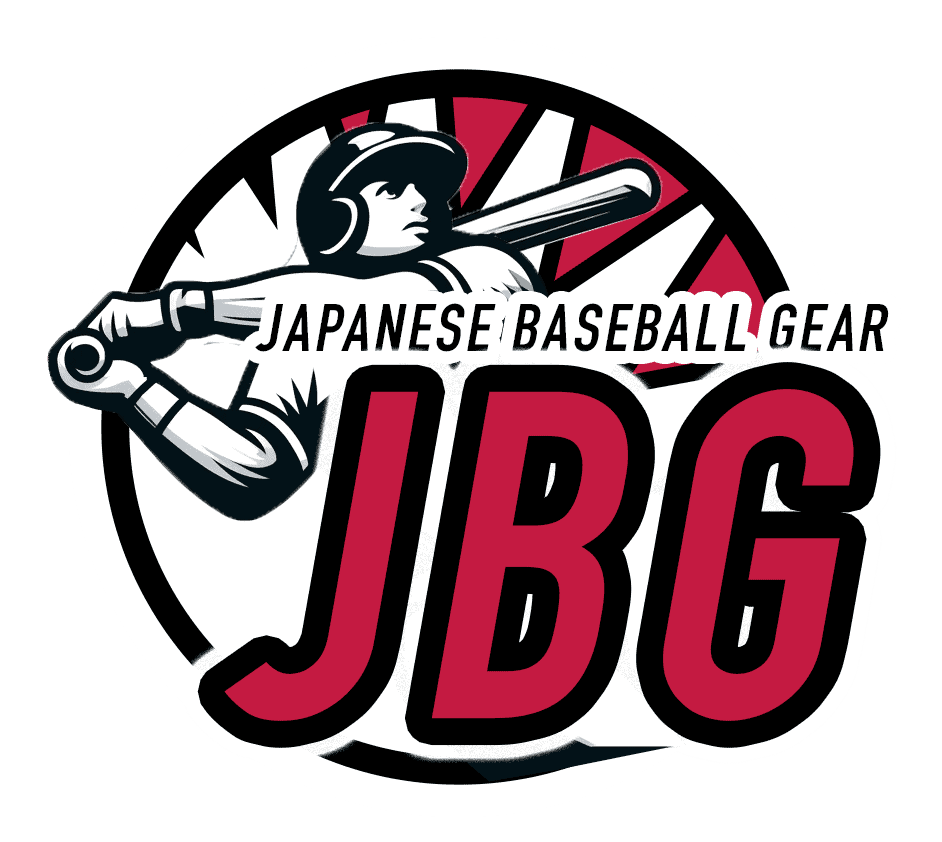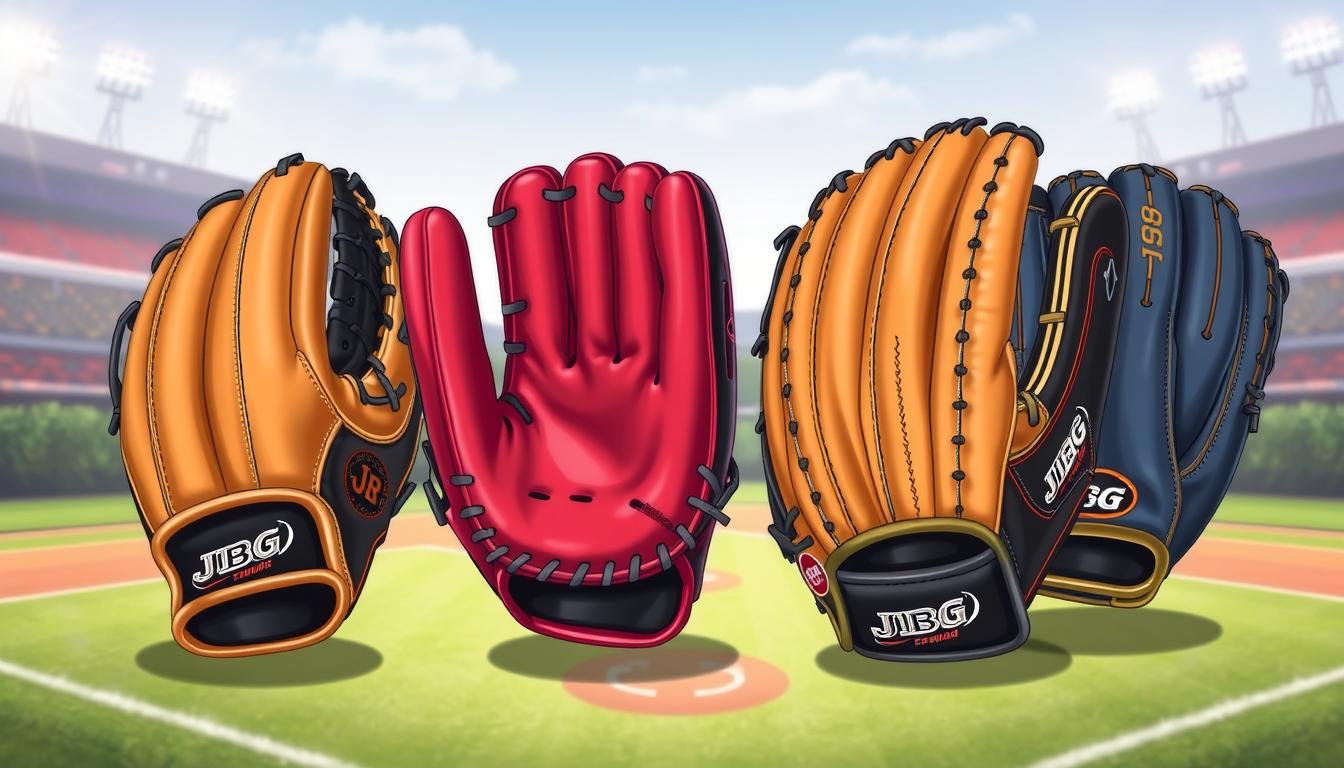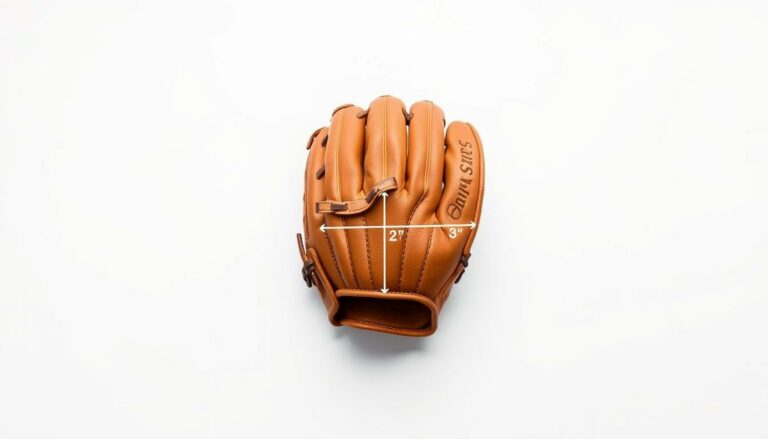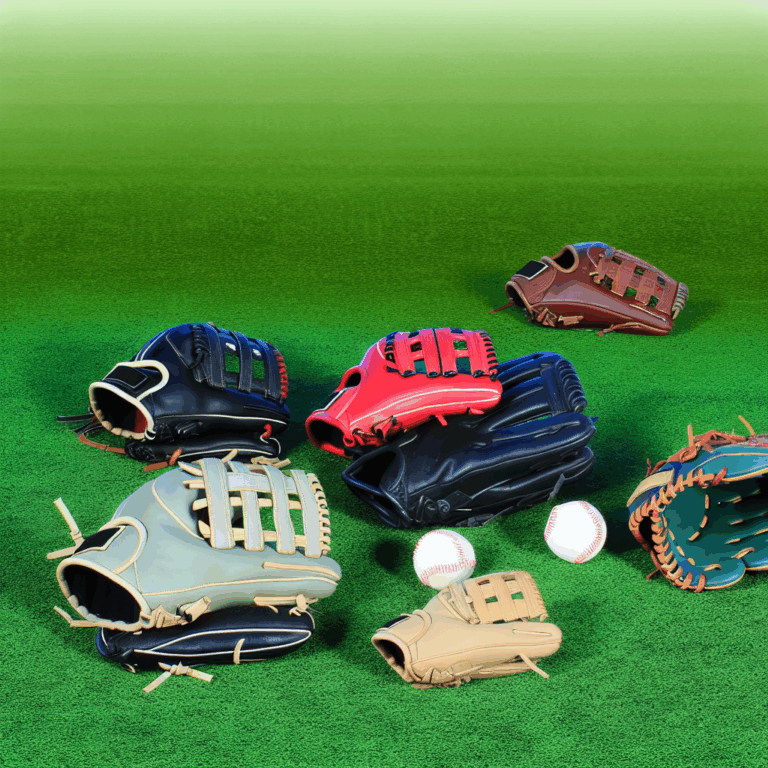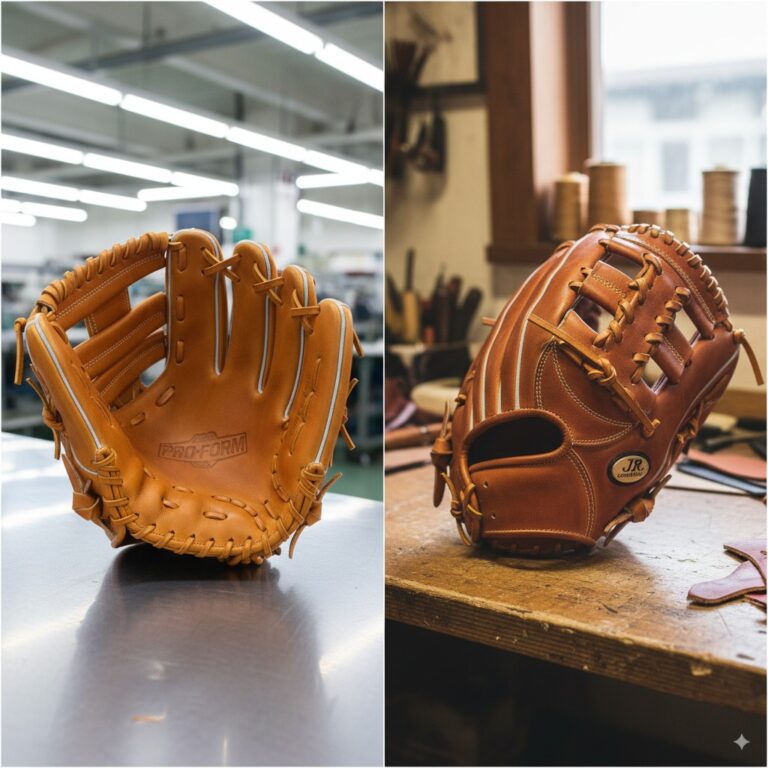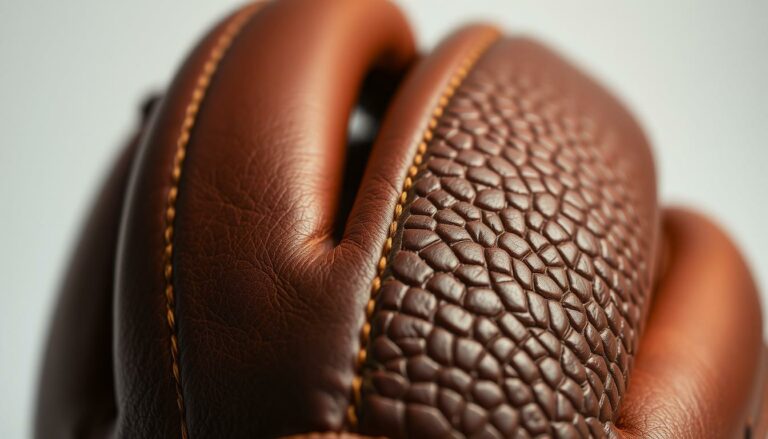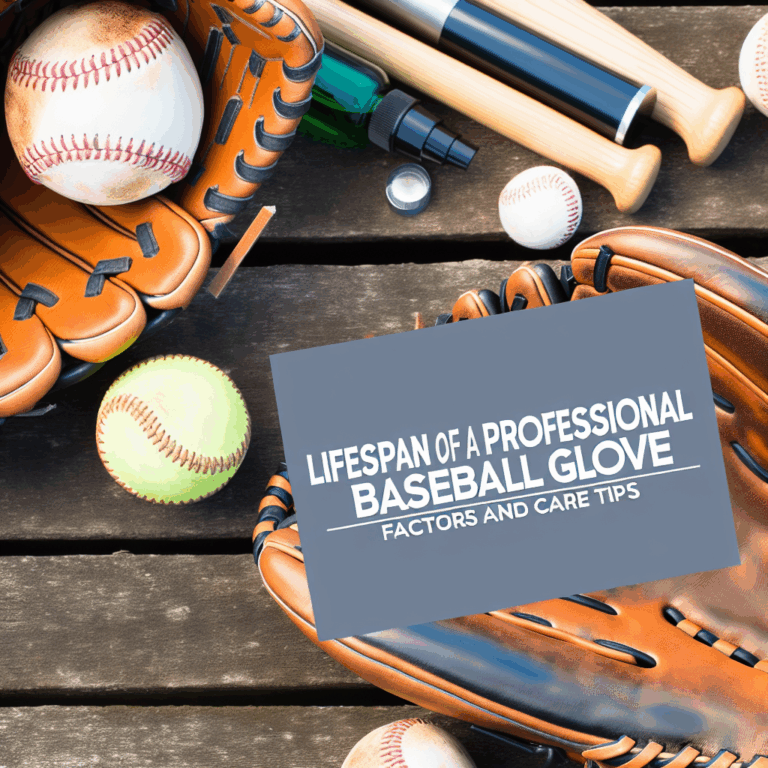What Makes a Baseball Glove Professional Grade? A Complete Guide
Ever wondered why some baseball gloves cost a lot? It’s because of professional grade baseball gloves. These top-notch mitts are more than tools; they’re an extension of a player’s hand. At JapaneseBaseballGear.com, we’re proud to offer the best Japanese baseball gear, including these elite gloves.
Professional grade baseball gloves are different from regular ones. They have better leather and construction. Every detail is made to improve your game on the field. These gloves last long, giving you comfort and control.
In this guide, we’ll look at what makes a baseball glove professional grade. Whether you’re a pro or just starting, knowing these details will help you value these high-performance tools. It will also help you choose the right glove for you.
TL;DL
- Professional grade gloves use premium quality leather
- Craftsmanship and construction standards are superior
- Position-specific designs optimize performance
- Durability and break-in requirements differ from amateur gloves
- High-end gloves offer long-term value and investment benefits
- Proper maintenance is key for longevity
Understanding Professional Grade Baseball Gloves: Core Characteristics
Professional grade baseball gloves are top-notch sports gear. They offer unmatched quality and performance. Let’s look at what makes these gloves special on the field.
Premium Leather Quality and Types
The core of a pro glove is its premium leather. Makers use full-grain leather or top-grade steerhide for durability and feel. This material molds to the player’s hand, creating a perfect fit over time.
Construction Standards and Craftsmanship
Professional glove making focuses on detail. Skilled artisans hand-stitch these gloves for precise shaping and durability. The lacing, padding, and webbing are designed for pro-level play.
Break-in Requirements and Durability
Pro gloves need a longer break-in time than regular ones. This lets the leather soften and fit the player’s hand. Though it takes more time and effort, the glove’s performance and durability last for many seasons.
|
Feature |
Professional Grade |
Standard Grade |
|---|---|---|
|
Leather Quality |
Premium full-grain leather |
Lower grade leather |
|
Construction |
Hand-stitched, precise shaping |
Machine-stitched, less precise |
|
Break-in Time |
Longer, player-specific |
Shorter, less customized |
|
Durability |
Multiple seasons |
1-2 seasons |
Knowing these key features helps players value the craftsmanship in professional grade gloves. It also helps them make better choices when buying their gear.
Essential Components of High-End Baseball Gloves
Professional baseball gloves are made with great care. They have special features that make them stand out. Let’s look at what makes these gloves top-notch for the game.
Web Design and Patterns
Web designs in baseball gloves are key to a player’s success. Each pattern is best for different positions and playing styles. Here are some common web designs:
|
Web Type |
Best For |
Characteristics |
|---|---|---|
|
I-Web |
Infielders |
Quick ball transfer, shallow pocket |
|
H-Web |
Outfielders |
Deep pocket, good visibility |
|
Trapeze |
Outfielders |
Flexible, large catching area |
|
Two-Piece |
First Basemen |
Extra support, wide pocket |
Padding and Protection Features
Top gloves have great padding and are flexible. The palm and fingers are padded with advanced materials. This helps absorb shock without feeling stiff. Some gloves also have reinforced thumb loops for extra protection.
Lacing Systems and Materials
Professional gloves use the best leather laces. These laces are treated to last longer and handle the weather well. Some gloves even have replaceable laces, so players can adjust the fit and feel as needed.
Wrist Adjustment Mechanisms
Adjusting the wrist is important for a good fit. Pro-level gloves often have:
- D-ring fasteners for quick adjustments
- Velcro straps for precise fitting
- Laced back designs for a traditional feel
These features help create gloves that perform at the highest level. Players can rely on their gear to meet the demands of professional play, every game.
Professional Grade Baseball Gloves: Position-Specific Features
Baseball requires precision and skill from every player. Gloves are made to fit each position’s needs. Let’s see how different gloves help players at each role.
Infielder Glove Requirements
Infielder gloves are for fast ball handling. They have:
- Shallow pockets for quick ball retrieval
- Open web designs for better visibility
- Shorter finger stalls for better control
Outfielder Glove Specifications
Outfielders need gloves for long reaches and secure catches. They have:
- Longer lengths, often 12 to 13 inches
- Deeper pockets for catching fly balls
- Closed web designs for stability
Catcher’s Mitt Characteristics
Catcher’s mitts handle fast pitches well. They have:
- Extra padding for safety
- Reinforced palms for impact
- U-shaped heel for flexibility
First Baseman’s Mitt Design
First basemen need mitts for scooping and catching. These mitts have:
- Larger size, typically 12 to 13 inches
- Single post web for secure catches
- Extended length for better throws
Knowing these features helps players choose the right glove. It boosts their performance and confidence on the field.
Leather Selection and Treatment Processes
Top-notch baseball gloves are made from the best materials. They use premium full-grain steerhide and kip leather. These are chosen for their lasting quality and performance.
The leather treatment starts with careful tanning. This makes the leather softer and more responsive. Skilled workers use old techniques to get the leather ready. This way, the gloves feel great and last longer.
In Japan, makers focus on special leather treatments. They use unique conditioning to boost the leather’s quality. This is what makes their gloves stand out.
“The right leather and proper treatment are key to creating a glove that performs at the highest level,” says a master glove maker from Japan.
Knowing how leather is chosen and treated shows how much care goes into making gloves. This craftsmanship is why professional grade gloves are a good investment for serious players.
Manufacturing Techniques and Quality Control
The art of making baseball gloves combines old skills with new tech. Quality checks ensure each glove is top-notch. Let’s dive into how these game-changing tools are made.
Hand-Crafted vs. Machine-Made Elements
Machines help with some steps, but humans are key. They stitch the web and pocket by hand. This mix of methods gives gloves both consistency and a special touch.
Quality Inspection Standards
Quality control for gloves is strict. Each one goes through many checks:
- Leather quality check
- Stitching strength test
- Pocket depth measurement
- Flex and shape assessment
These detailed tests make sure only the best gloves are used.
Production Time and Attention to Detail
Making a top-grade glove takes time. It can take weeks, with every detail carefully done. This focus on quality makes elite gloves stand out.
“A professional glove is not just equipment; it’s a work of art crafted with passion and precision.”
Knowing how gloves are made shows why they’re worth the investment. The mix of human skill and quality checks makes them better for the game.
Maintenance and Care for Professional Gloves
Proper care is key to keeping your baseball glove in top shape. It helps your glove perform better and last longer. Here are some important tips to keep your glove in great condition.
Cleaning and Conditioning Methods
Cleaning your glove regularly is essential. Use a soft brush to wipe away dirt and debris after each game. For tougher stains, use a leather cleaner on a damp cloth.
After cleaning, apply a good leather conditioner. This keeps your glove soft and prevents it from cracking.
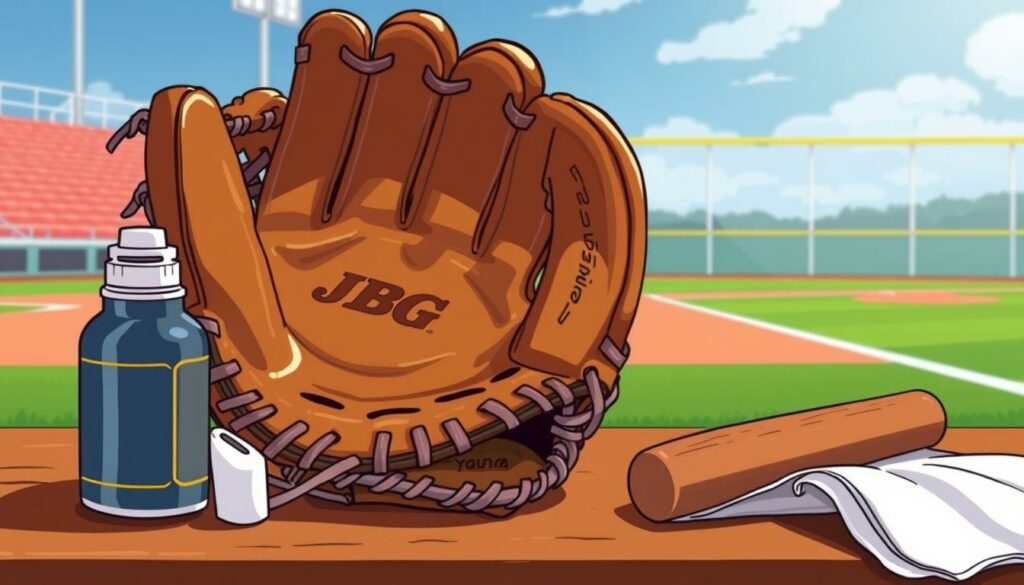
Storage Best Practices
Storing your glove correctly is important. Keep it in a cool, dry place away from sunlight. Use a glove mallet to shape the pocket and insert a ball to keep its form during the off-season.
Don’t hang your glove by its laces. This can stretch it out.
Repair and Restoration Options
For small repairs, learn to relace your glove with professional laces. For bigger issues, find a glove repair service. They can fix worn spots, replace padding, and even rebuild parts of your glove.
- Clean after each use
- Condition regularly
- Store properly
- Address repairs promptly
By following these care tips, you’ll keep your glove in top condition. This ensures it performs well game after game.
Investment Value and Long-Term Benefits
A professional baseball glove investment offers more than just on-field benefits. High-end gloves provide long-term advantages, making them a smart choice for serious players.
Quality gloves last longer than cheaper ones. They are built to last, which means you won’t need to replace them as often. This saves you money in the long run.
Players who choose top-tier gloves often see their performance improve. The better feel and fit boost their confidence, leading to better plays.
Pro gloves also hold their value well. Some become family treasures, passed down through generations. This adds to their long-term value.
|
Aspect |
Professional Grade Glove |
Standard Glove |
|---|---|---|
|
Lifespan |
5-10 years |
1-3 years |
|
Performance Impact |
High |
Moderate |
|
Resale Value |
Strong |
Low |
Investing in quality gear from trusted sources like JapaneseBaseballGear.com ensures authentic, high-performance equipment. While the initial cost may be higher, the lasting quality and performance make professional grade gloves a wise investment for dedicated players.
The Evolution of Professional Baseball Gloves

Baseball glove history is a journey through time. It shows how gloves have changed from bare hands to high-tech tools. In the early days, players caught balls with their bare hands, risking injury.
The first gloves came in the 1870s. They were just padded leather strips to protect hands. By the 1920s, gloves had webbing between the thumb and index finger. This change helped players catch better, starting a wave of glove innovations.
Key Milestones in Glove Design
In the 20th century, glove design kept getting better. The 1950s brought the hinged web, making gloves more flexible and better at catching. The 1960s saw gloves made for specific positions, like infielders and outfielders.
- 1870s: First padded gloves
- 1920s: Webbing introduced
- 1950s: Hinged web design
- 1960s: Position-specific gloves
Today, glove history is filled with amazing advancements. Modern gloves use synthetic materials and premium leather for better durability and performance. Computer-aided design and advanced padding make them even better.
Now, professional baseball gloves show the result of centuries of innovation. They mix old traditions with new technology to meet today’s game needs.
Conclusion
Professional grade baseball gloves are the best in elite baseball equipment. They use top materials, expert making, and designs for each position. When picking gloves, look at leather quality, web patterns, and how long they last.
High-end gloves improve how well you play and last longer. They give better feel, control, and safety for all players. Whether you’re an infielder or outfielder, the right gloves make a big difference.
At JapaneseBaseballGear.com, we have many professional grade baseball gloves and other top Japanese baseball items. Our selection is for serious athletes who want the best. Choosing elite gear helps players improve their game and see the difference it makes.
